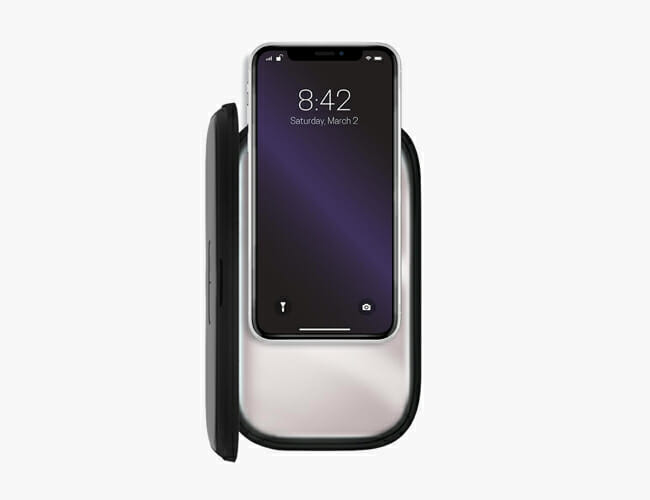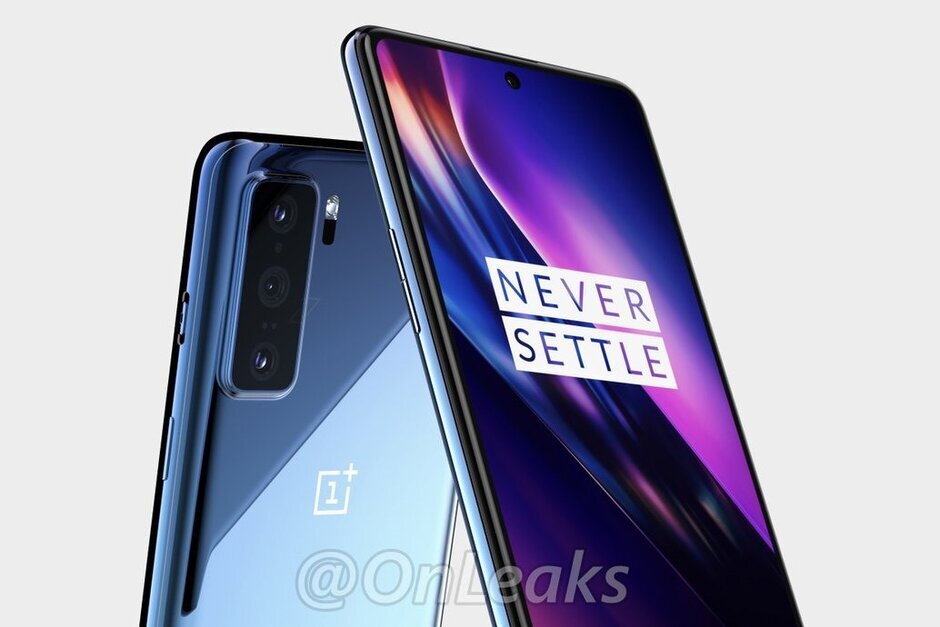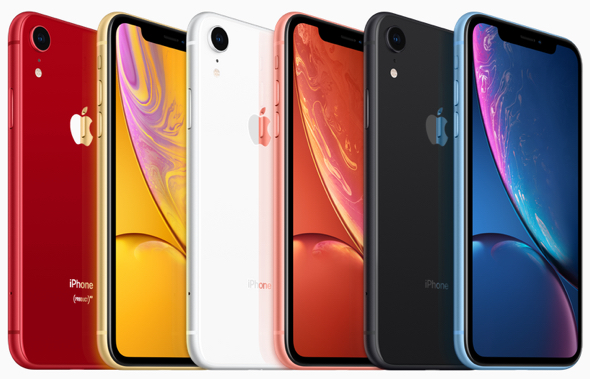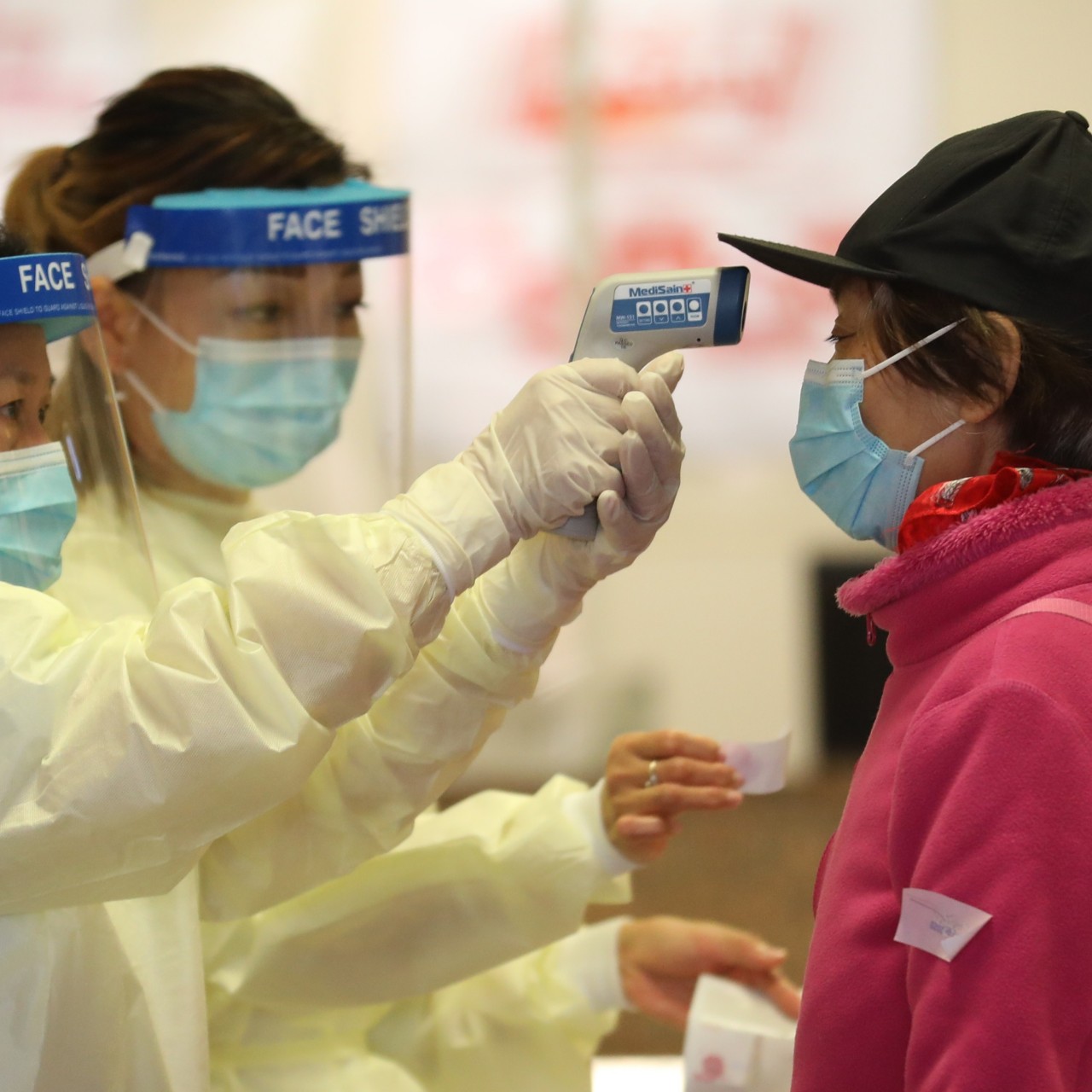Disclaimer: The views, suggestions, and opinions expressed here are the sole responsibility of the experts. No Scoop Today USA journalist was involved in the writing and production of this article.
For Human vision Analysts create gadget that copies synapses used
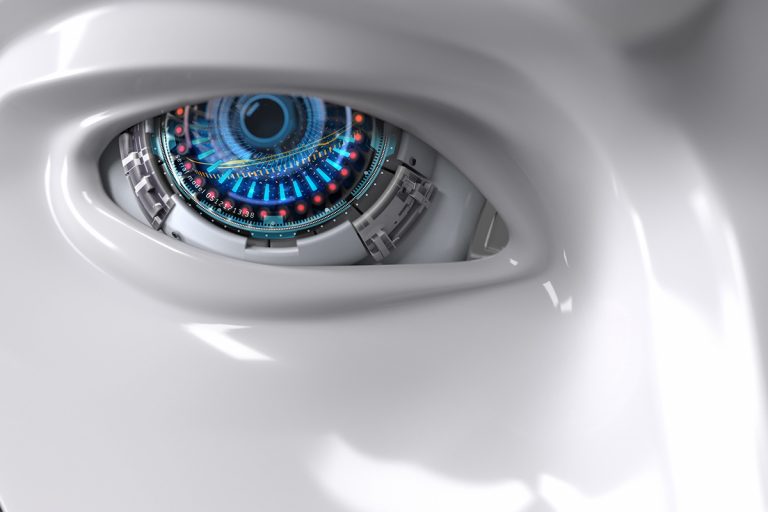
College of Central Florida analysts are assisting with shutting the hole isolating human and machine minds.
In an examination included as the spread article showing up today in the diary Science Advances, a UCF inquire about group indicated that by joining two promising nanomaterials into another superstructure, they could make a nanoscale gadget that emulates the neural pathways of synapses utilized for human vision.
“This is a baby step toward developing neuromorphic computers, which are computer processors that can simultaneously process and memorize information,” said Jayan Thomas, a partner teacher in UCF’s NanoScience Technology Center and Department of Materials Science and Engineering. “This can reduce the processing time as well as the energy required for processing. At some time in the future, this invention may help to make robots that can think like humans.”
Thomas drove the exploration in a joint effort with Tania Roy, an associate educator in UCF’s NanoScience Technology Center, and others at UCF’s NanoScience Technology Center and the Department of Materials Science and Engineering.
Roy said a potential use for the innovation is for ramble helped salvages.
“Imagine a drone that can fly without guidance to remote mountain sites and locate stranded mountaineers,” Roy said. “Today it is difficult since these drones need connectivity to remote servers to identify what they scan with their camera eye. Our device makes this drone truly autonomous because it can see just like a human.”
“Earlier research created a camera which captured the image and sent it to a server to be recognized, but our group created a single device that mimics the eye and the brain function together,” they said. “Our device can observe the image and recognize it on the spot.”
The secret to the advancement was developing nanoscale, light-delicate perovskite quantum spots on the two-dimensional, nuclear thick nanomaterial graphene. This blend permits the photoactive particles to catch light, convert it to electric charges and afterward have the charges straightforwardly moved to the graphene, across the board step. The whole procedure happens on an incredibly slender film, around one-ten thousandths of the thickness of a human hair.
Basudev Pradhan, who was a Bhaskara Advanced Solar Energy individual in Thomas’ lab and is at present an associate teacher in the Department of Energy Engineering at the Central University of Jharkhand in India, and Sonali Das, a postdoctoral individual in Roy’s lab, are shared first creators of the examination.
“Because of the nature of the superstructure, it shows a light-assisted memory effect,” Pradhan said. “This is similar to humans’ vision-related brain cells. The optoelectronic synapses we developed are highly relevant for brain-inspired, neuromorphic computing. This kind of superstructure will definitely lead to new directions in development of ultrathin optoelectronic devices.”
Das said there are additionally potential resistance applications.
“Such features can also be used for aiding the vision of soldiers on the battlefield,” they said. “Further, our device can sense, detect and reconstruct an image along with extremely low power consumption, which makes it capable for long-term deployment in field applications.”
Neuromorphic figuring is a long-standing objective of researchers in which PCs can at the same time procedure and store data, similar to the human mind does, for instance, to permit vision. As of now, PCs store and procedure data in independent spots, which eventually constrains their exhibition.
To test their gadget’s capacity to see protests through neuromorphic registering, the specialists utilized it in facial acknowledgment tests, Thomas said.
“The facial recognition experiment was a preliminary test to check our optoelectronic neuromorphic computing,” Thomas said. “Since our device mimics vision-related brain cells, facial recognition is one of the most important tests for our neuromorphic building block.”
They found that their gadget had the option to effectively perceive the pictures of four unique individuals.
The scientists said they intend to proceed with their joint effort to refine the gadget, including utilizing it to build up a circuit-level framework.

